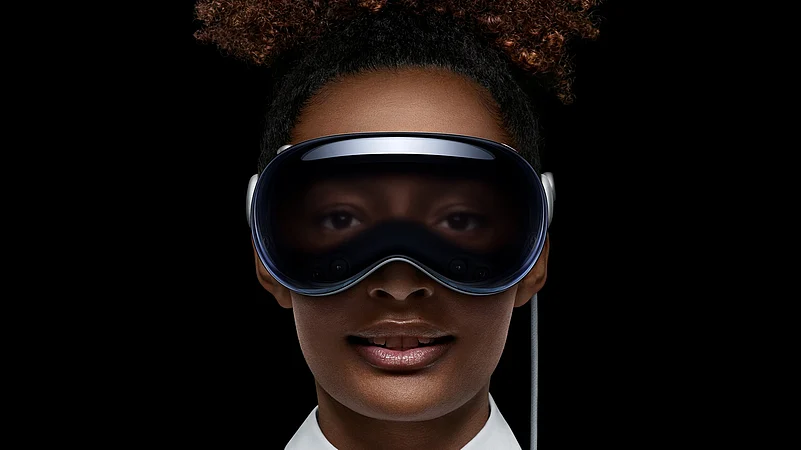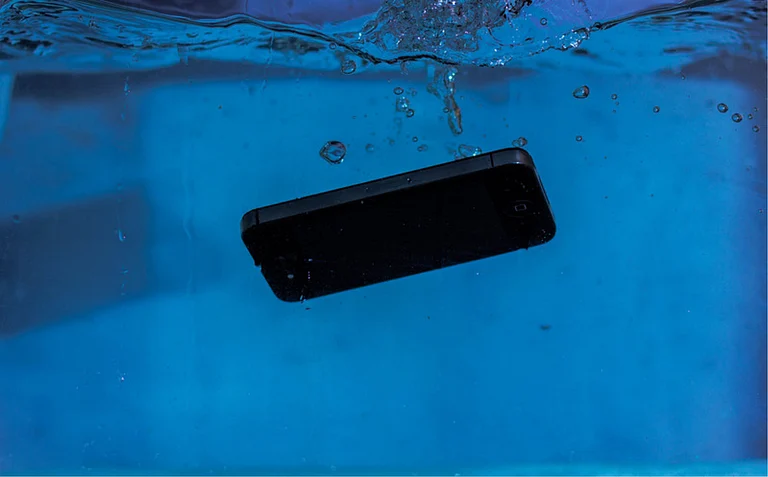The Apple Vision Pro, lauded as a revolutionary mixed-reality headset, promised to blur the lines between the physical and digital worlds. Yet, despite its cutting-edge technology, a significant number of early adopters are choosing to return their devices. What's causing this unexpected trend? Let's delve into the discomfort, disappointment, and dollars driving the Vision Pro's return wave.
Apple Vision Pro: Why Early Adopters Are Returning Their Advanced Headsets?
Tech giant Apple recently launched its latest virtual reality headset- Apple Vision Pro. But people are returning the product too soon. Check out why!

Comfort Concerns Take Center Stage
One of the biggest hurdles for the Vision Pro seems to be its physical comfort. Weighing over 21 ounces, the headset quickly feels heavy and cumbersome, leading to headaches and fatigue during extended use. Users report light leakage around the eyes, breaking immersion with unwanted glimpses of the real world. Even the eye-tracking technology, while innovative, can cause eye strain and soreness for some. In essence, the immersive experience becomes more of an endurance test, leaving many yearning for a more comfortable and user-friendly design.
Content Quibbles and the Pricey Paradox
Beyond comfort, users are grappling with the limited content library. While the potential for compelling experiences is vast, the current selection of apps and games falls short. Early adopters feel the device lacks engaging content to justify its hefty $3,500 price tag. The perceived value proposition becomes shaky, with many questioning whether the current features and content warrant such a significant investment. Additionally, while the Vision Pro boasts productivity features, they haven't reached the efficiency and ease of traditional methods like a mouse and monitor. Users yearning for a seamless workflow find themselves disappointed, further fueling the return trend.
Early Adopter Jitters and Hype vs. Reality
It's important to acknowledge that any new technology comes with teething problems. Some Vision Pro users may have encountered bugs or technical difficulties, prompting returns due to frustration and unfulfilled expectations. Additionally, the initial hype surrounding the device may have painted an overly rosy picture, setting unrealistic expectations that clashed with the reality of the user experience. The gap between promised potential and actual functionality led to disappointment and, ultimately, returns.
Apple's Response
Apple, aware of the feedback, is reportedly working on addressing these concerns. Lighter materials and a wider variety of content are in the pipeline, aiming to improve comfort and engagement. However, it remains to be seen if these efforts will be enough to win back returning users and convince potential buyers. Only time will tell if the Vision Pro can overcome its initial hurdles and truly fulfill its promise of a transformative mixed-reality experience.
The Future of Vision Pro
While the current return trend raises questions about the Vision Pro's immediate future, it's important to remember that this is an evolving technology. Early adopters often play the role of beta testers, highlighting issues that need to be addressed for wider adoption. Apple's commitment to improvement offers a glimmer of hope, but the success of the Vision Pro ultimately hinges on its ability to address the core concerns of comfort, content, and value. Whether it becomes a game-changer or a niche product remains an open question, but the journey is undoubtedly full of valuable lessons for the future of mixed reality.
- Previous Story
 US Elections 2024: Tim Walz, JD Vance To Go Head-To-Head In VP Debate | Key Issues To Watch Out For
US Elections 2024: Tim Walz, JD Vance To Go Head-To-Head In VP Debate | Key Issues To Watch Out For - Next Story




























